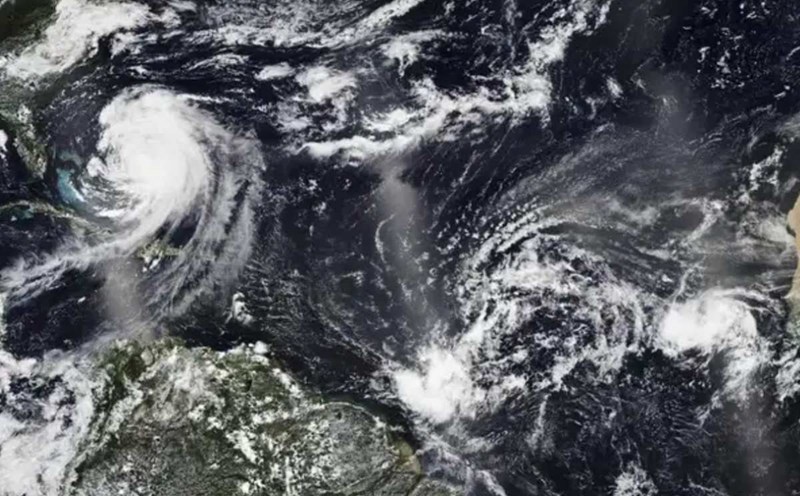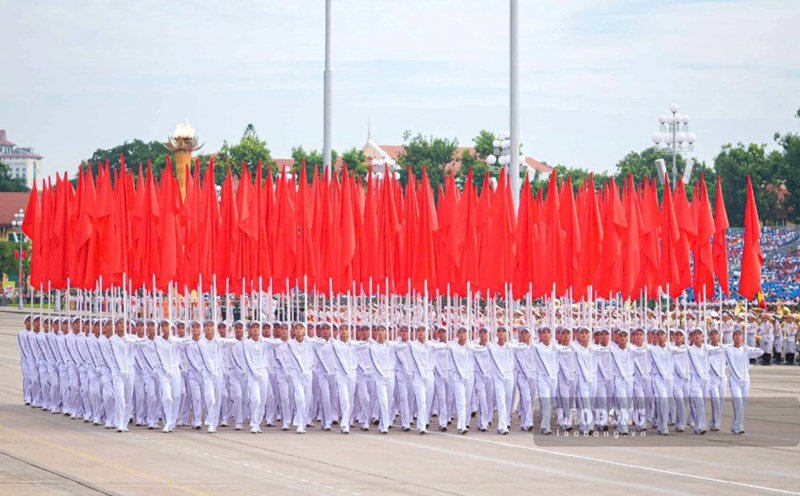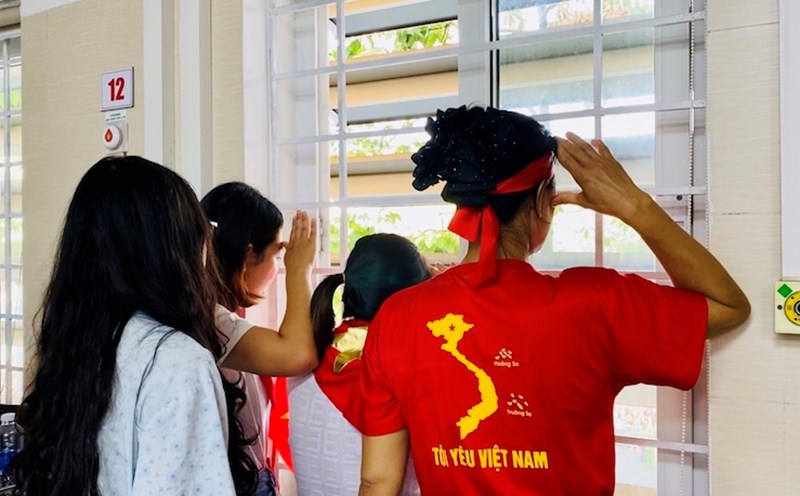The Philippine Atmospheric, Geophysical and Astronomical Services Administration (PAGASA) forecasts that from now until the end of September, there may be 2 to 4 storms, most of which are likely to enter the East Sea. The resonance impact of the La Nina phenomenon has caused the risk of floods and landslides in the area to increase significantly.
Mr. Nathaniel Servando - Director of PAGASA - said that the first storm in September will be named Kiko. This could be the start of a series of low pressure and storms following each other due to the impact of La Nina, which is expected to form from this month and last until the end of the year.
La Nina will cause more than normal rainfall in most areas, while increasing the risk of flooding and landslides in vulnerable localities, Mr. Servando emphasized.
The latest typhoon bulletin from PAGASA said that during the week of September 1-7, a low pressure area will appear in the Philippine Forecast Area (PAR), likely moving south of Japan. PAGASA assesses the possibility of the low pressure strengthening into a tropical depression/storm at a low to medium level.
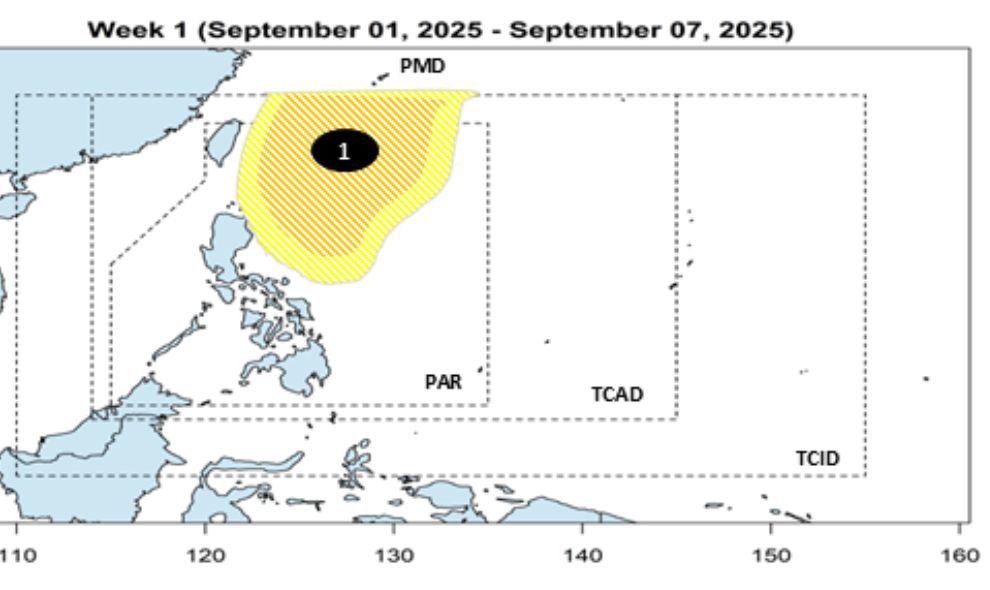
During the week of September 8-14, two other low pressure areas are forecast to form in the northern part of the Philippine Sea, including one low pressure area that is likely to move into the East Sea.
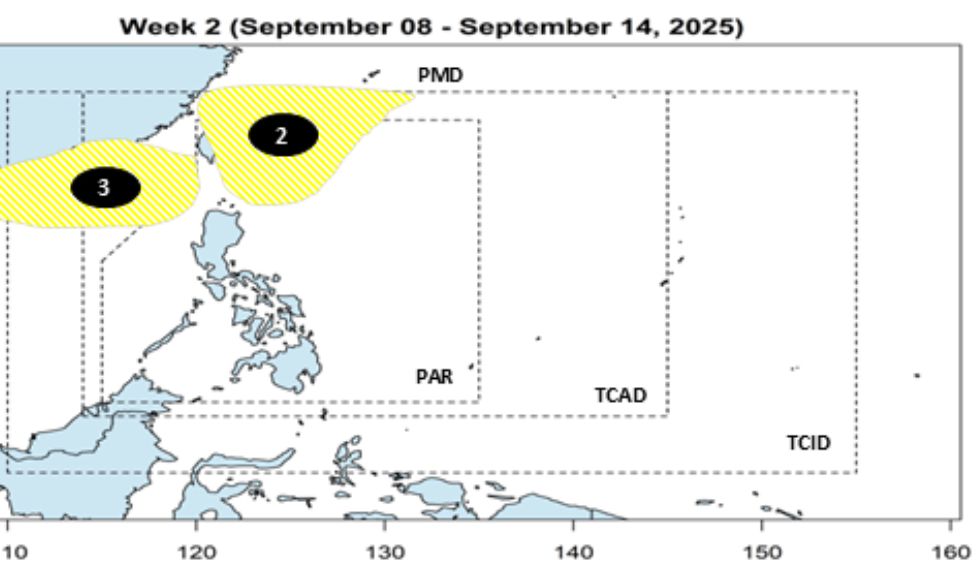
Although the possibility of these low pressure areas strengthening into storms is not high, PAGASA warns that they need to be closely monitored, as some formations may enter the East Sea and directly affect the area.
Current climate models show that the probability of a short-term La Nina from September to December is increasingly clear, with the possibility of exceeding 55%. Once this condition is maintained, the year-end storm season in the East Sea will be more complicated than the average of many years.
According to PAGASA, from September 2025 to February 2026, a maximum of 15 storms are forecast to form or enter the PAR area.
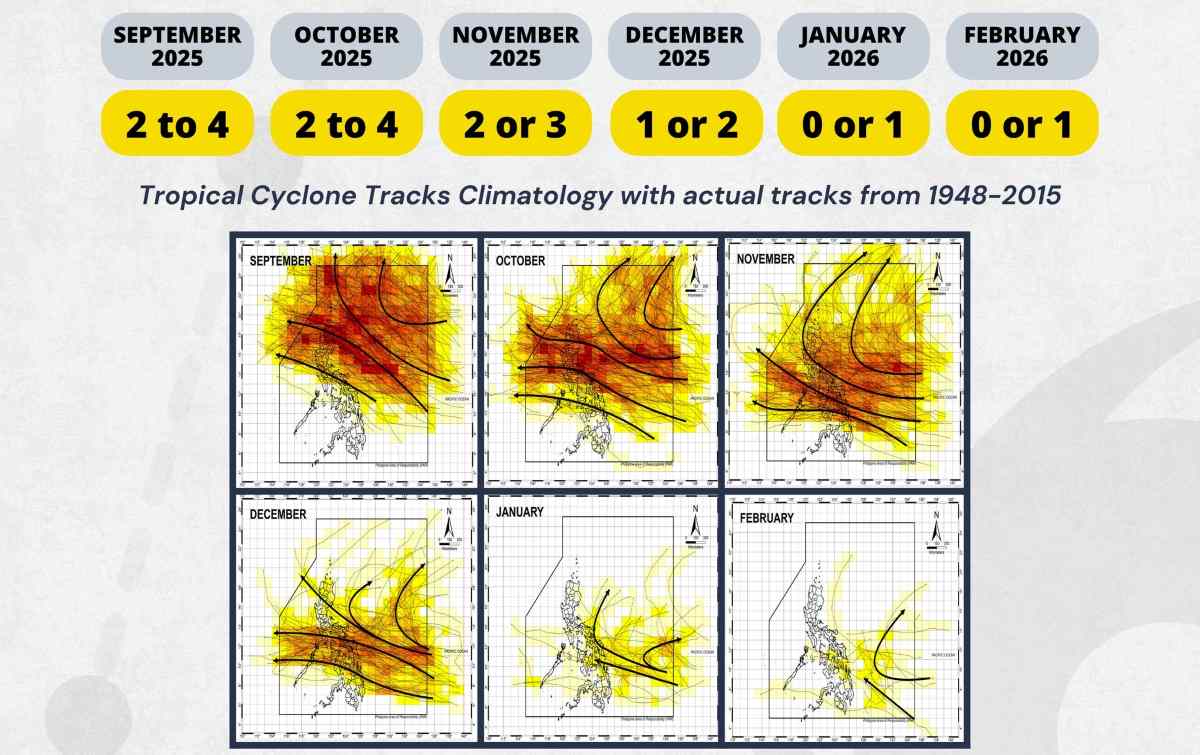
Faced with the risk of heavy rain and high-profile storms, the Philippine Meteorological Agency recommends that people not be subjective, and that local authorities proactively prepare early response scenarios.

